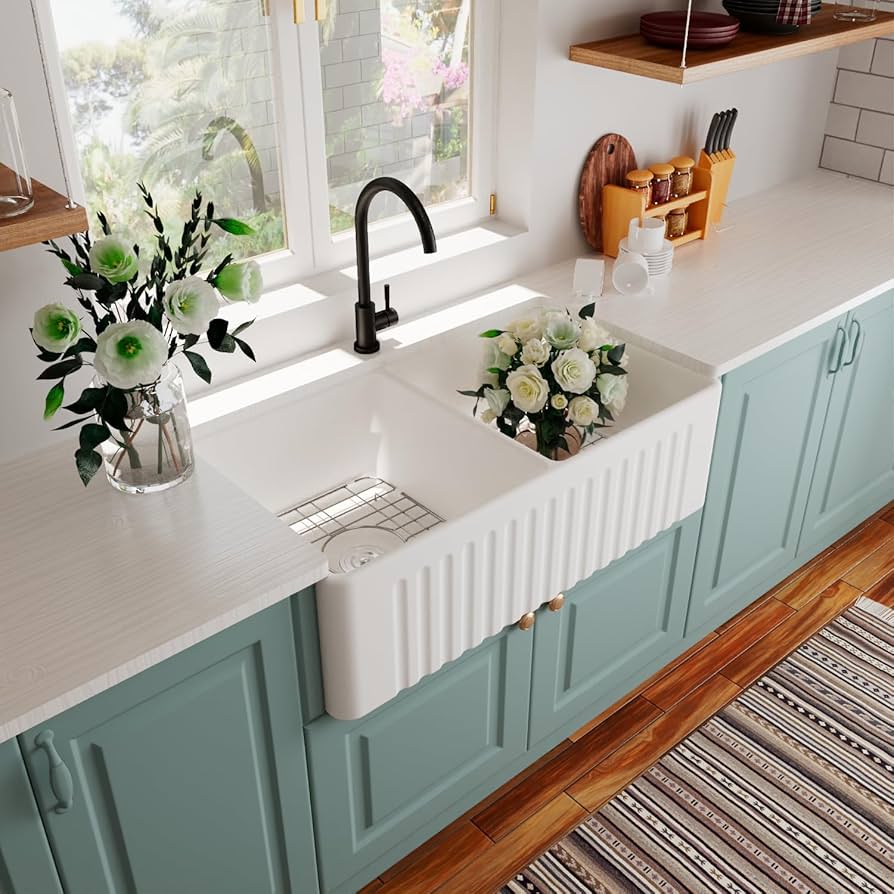Farmhouse sinks have become a beloved choice in modern kitchen design, offering both practical function and timeless aesthetic appeal. Whether you're a fan of rustic charm or looking to add a touch of vintage elegance, a farmhouse sink could be the perfect centerpiece for your kitchen. In this article, we will explore the essential aspects of choosing the right farmhouse sink, from style options to installation tips, ensuring that you find the ideal fit for your kitchen. Let’s dive in!
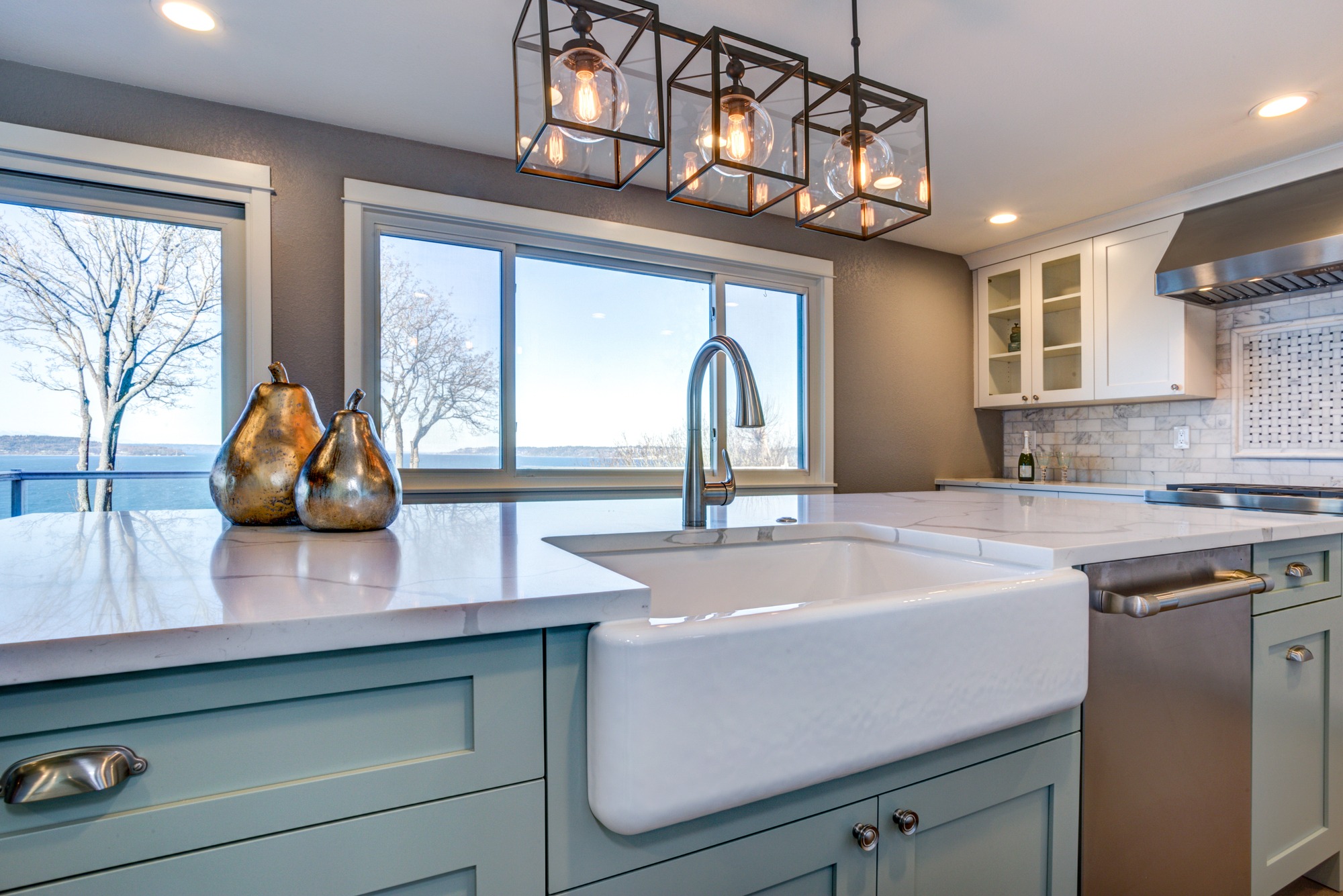
1. Farmhouse Sink Materials: Farmhouse sinks come in a variety of materials, each offering different benefits and styles. The most common options include fireclay, cast iron, stainless steel, and copper. Fireclay is known for its smooth, glossy finish and durability, making it resistant to chips and scratches. Cast iron offers a sturdy and heat-resistant option, often coated with enamel for added shine. Stainless steel provides a sleek, modern look that’s easy to clean, while copper gives a unique, rustic touch that develops a natural patina over time. The material you choose will heavily influence both the look and longevity of your sink.
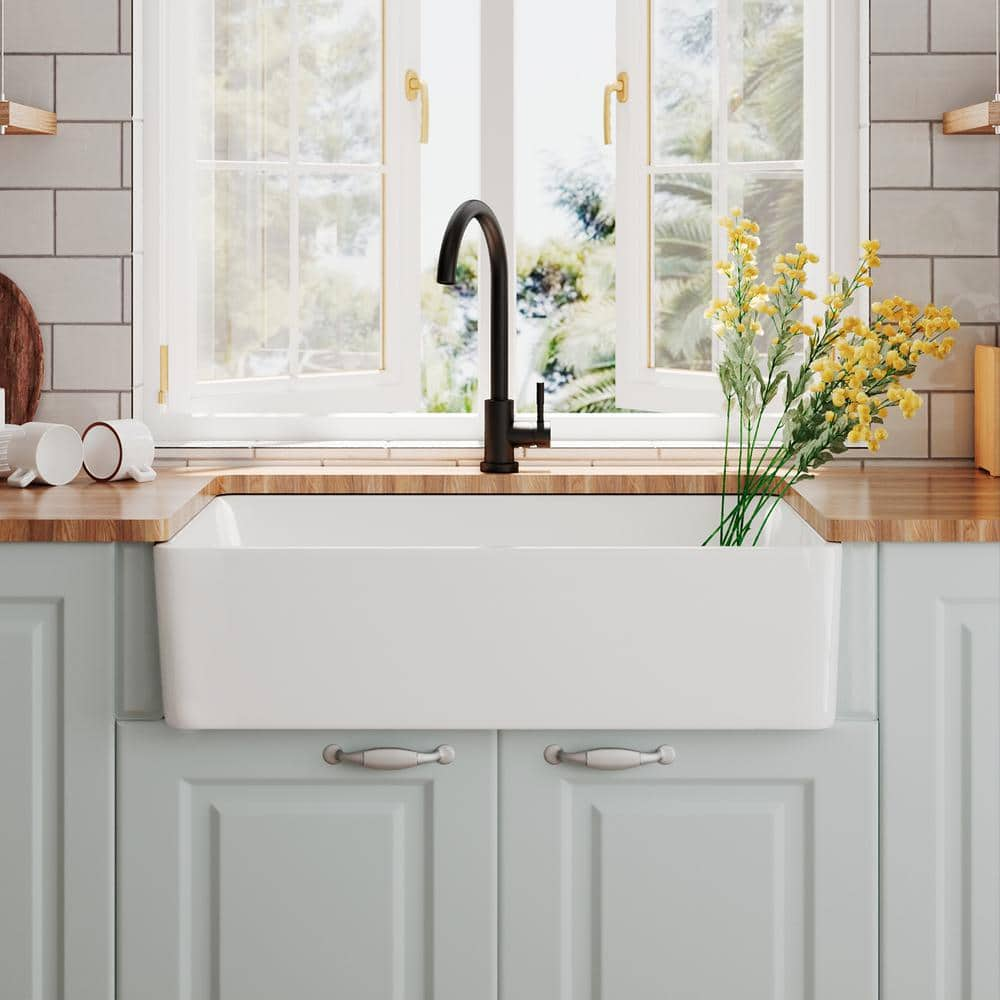
2. Apron Front Design: The defining feature of a farmhouse sink is the exposed apron front, which extends past the edge of your countertop. This design element not only gives the sink its distinct appearance but also makes it easier to access when washing dishes. When choosing a farmhouse sink, consider how much of the front you want to be visible. Some homeowners opt for a larger apron for a bold, traditional look, while others may prefer a more subtle, minimalist design. The apron front design is also important for coordinating with your cabinetry and overall kitchen layout.
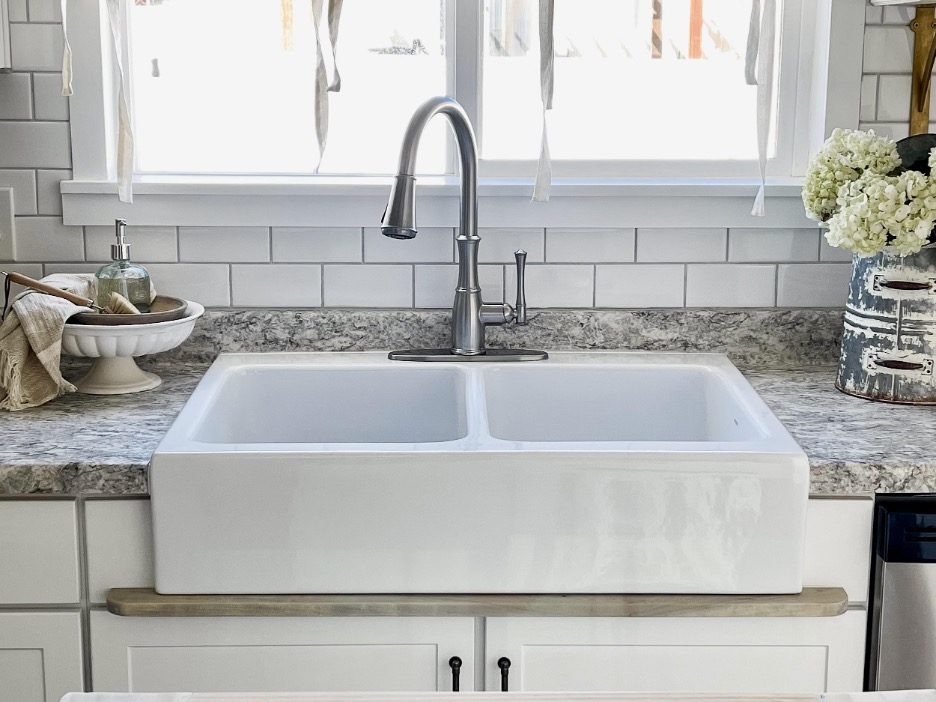
3. Single vs. Double Basin: One key decision is whether to go for a single or double basin farmhouse sink. A single basin sink offers a large, uninterrupted space, which is ideal for washing big pots and pans. It’s also great for those who love a clean, open aesthetic. On the other hand, a double basin allows for multitasking, letting you use one side for washing and the other for drying or prepping food. Think about your kitchen habits and space when deciding between the two.
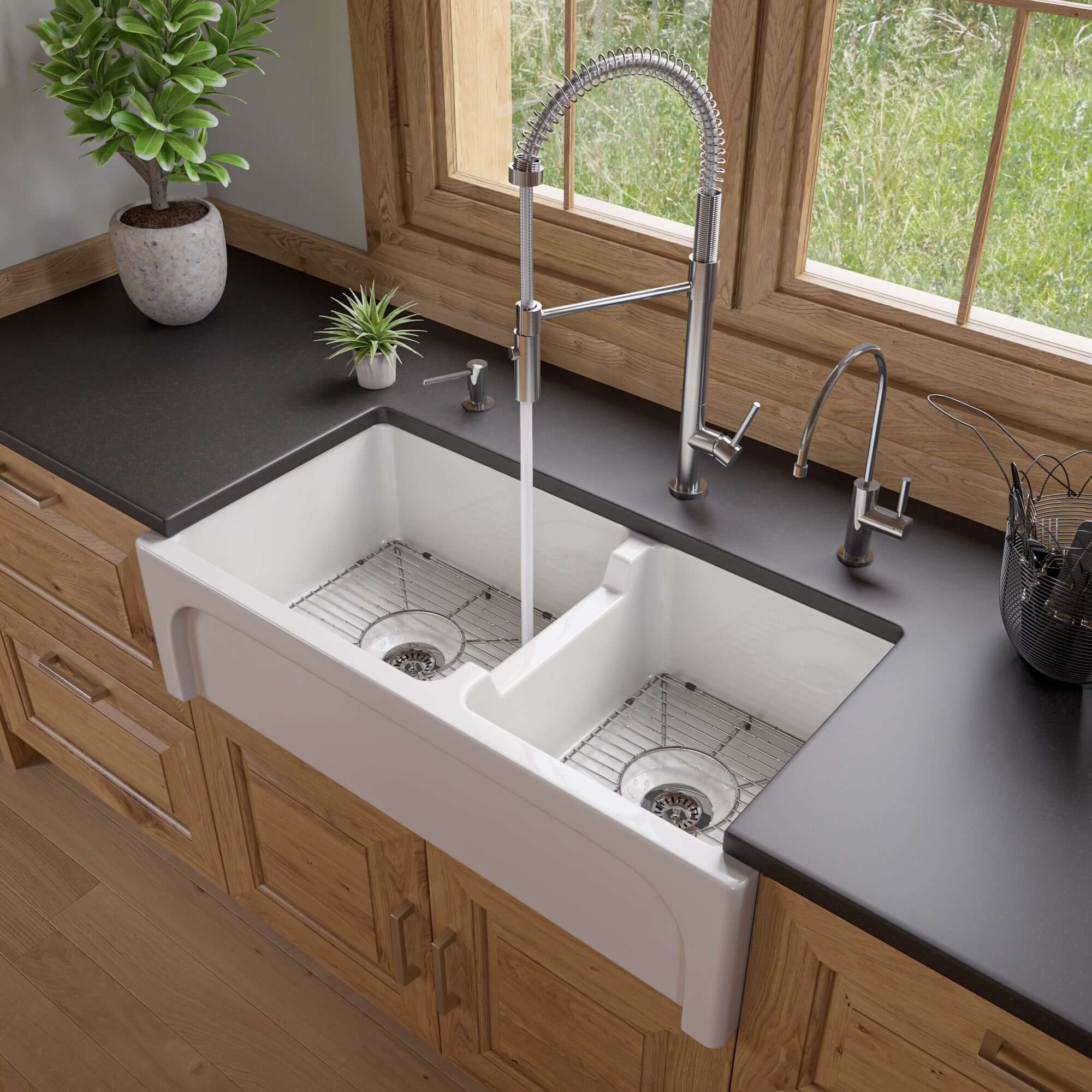
4. Sink Size and Depth: Farmhouse sinks are known for their deep basins, but the size and depth can vary significantly. Typically, these sinks range from 24 to 36 inches wide and can be up to 10 inches deep. A deeper sink will allow you to soak and clean larger items, while a shallower one might be more comfortable for everyday use. When choosing your sink size, measure your kitchen space carefully, and ensure the sink complements your countertop and cabinetry.
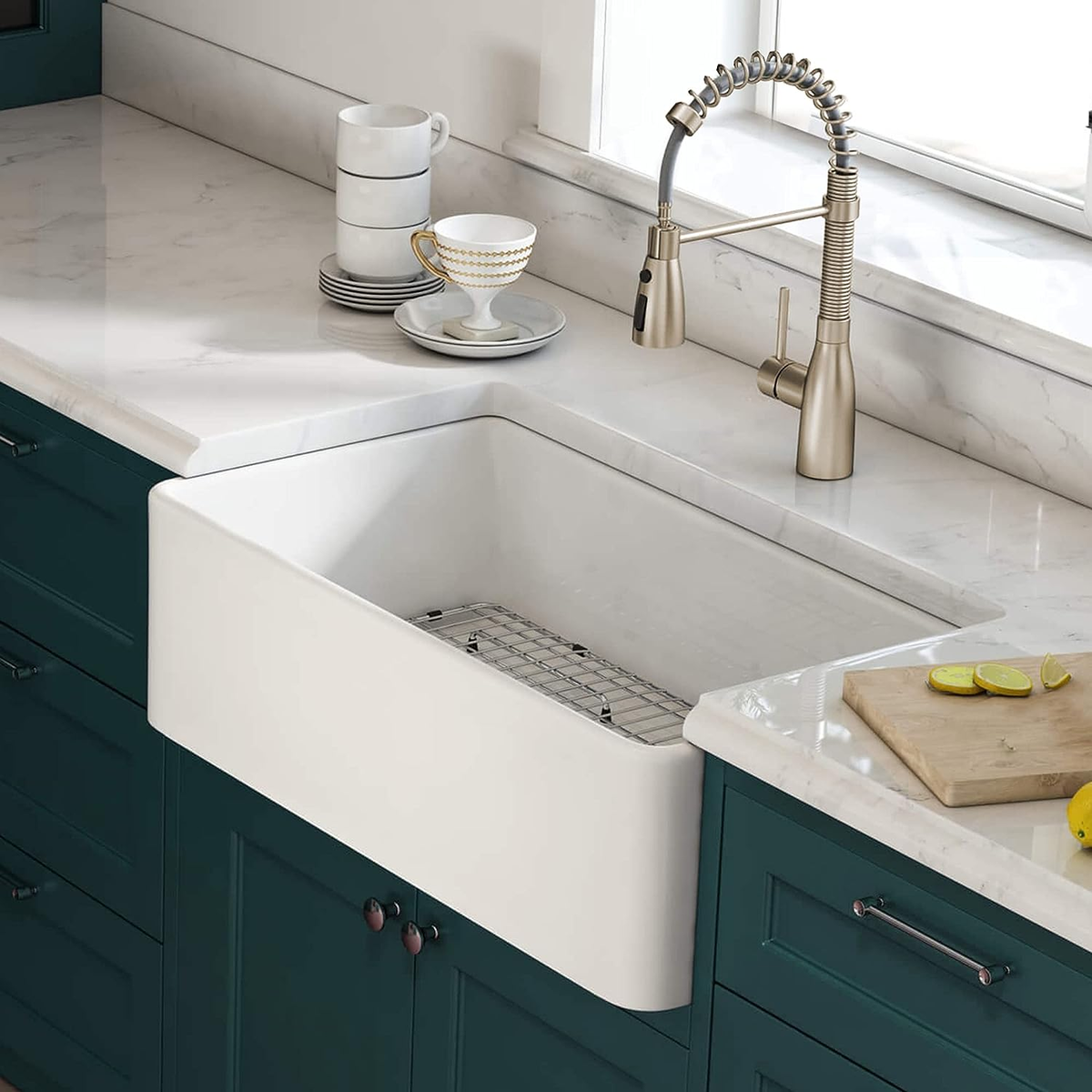
5. Installation Considerations: The installation process for farmhouse sinks can be a bit more involved than standard sinks, so it's important to plan ahead. The weight of materials like cast iron or fireclay may require additional cabinet reinforcement. Farmhouse sinks also sit slightly lower than traditional sinks, so take into account how that will affect your kitchen ergonomics and plumbing. Professional installation is often recommended to avoid any issues.
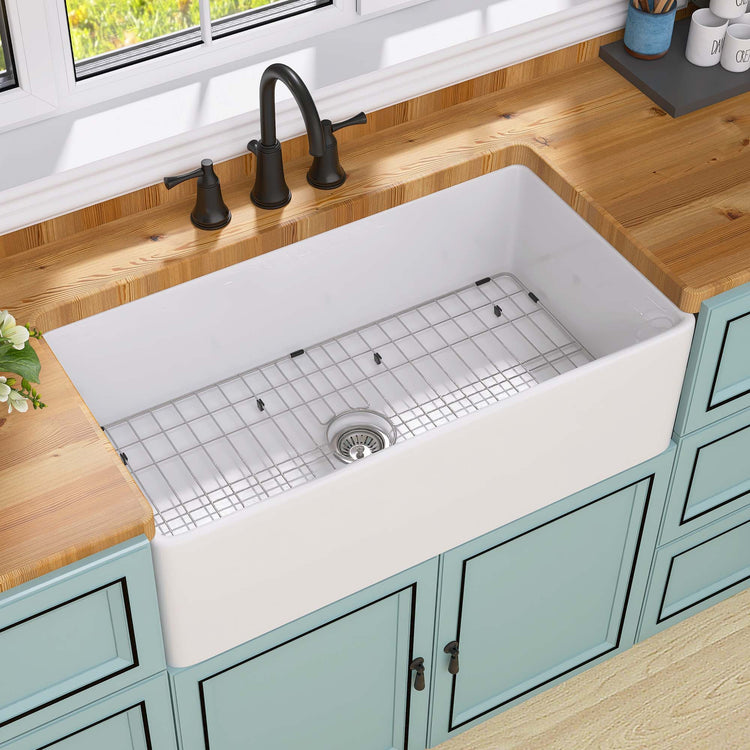
6. Maintenance and Care Tips: Each farmhouse sink material requires specific maintenance to keep it looking its best. For instance, fireclay and cast iron should be cleaned regularly with non-abrasive cleaners to maintain their sheen. Copper sinks need a bit more care, as their patina can change over time with exposure to various substances. Stainless steel is the easiest to maintain, requiring only basic cleaning to avoid water spots and scratches. Regular care ensures your sink remains a focal point of your kitchen for years to come.

7. Choosing the Right Faucet: The style and function of your faucet can significantly impact the overall usability of your farmhouse sink. A high-arc faucet is a popular choice as it offers ample clearance for filling pots and washing large items. Additionally, pull-down sprayers can add convenience, allowing you to easily direct water where you need it most. When choosing a faucet, consider how it complements the sink’s design and the overall aesthetic of your kitchen.
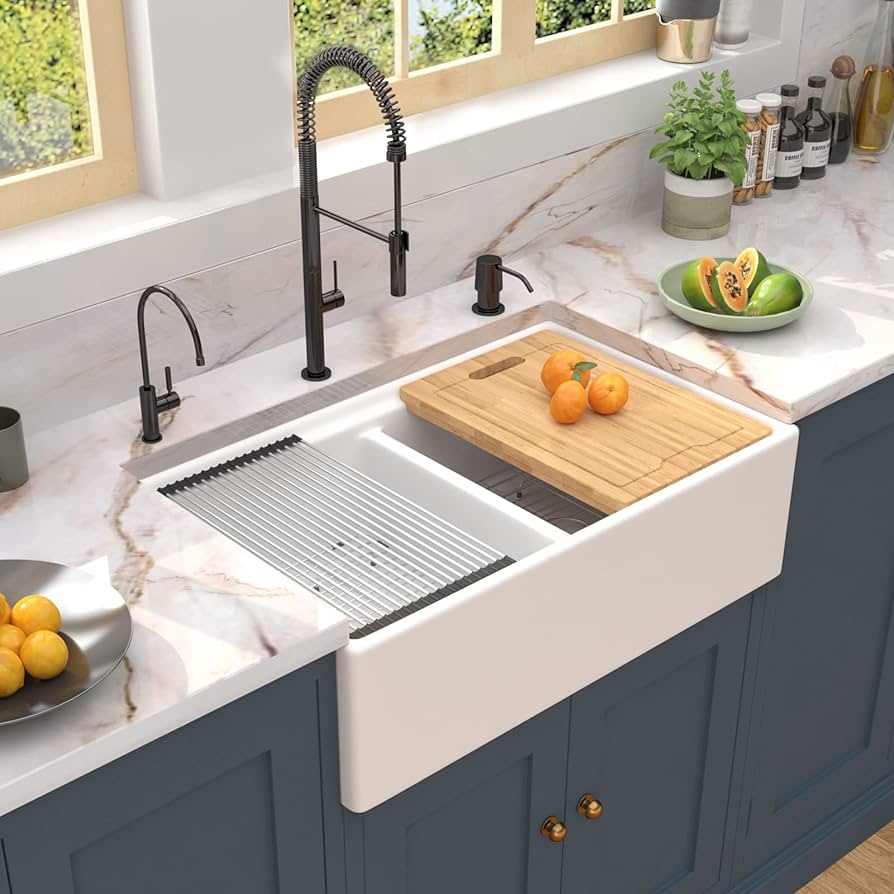
8. Farmhouse Sink Styles for Every Kitchen: Farmhouse sinks aren't limited to traditional or rustic styles. With various materials and designs available, they can seamlessly fit into modern, transitional, and even industrial kitchens. For example, a sleek stainless-steel farmhouse sink might suit a minimalist or contemporary space, while a copper or fireclay sink would enhance a more vintage or eclectic look. The versatility of farmhouse sinks allows you to tailor the aesthetic to match your personal style.
